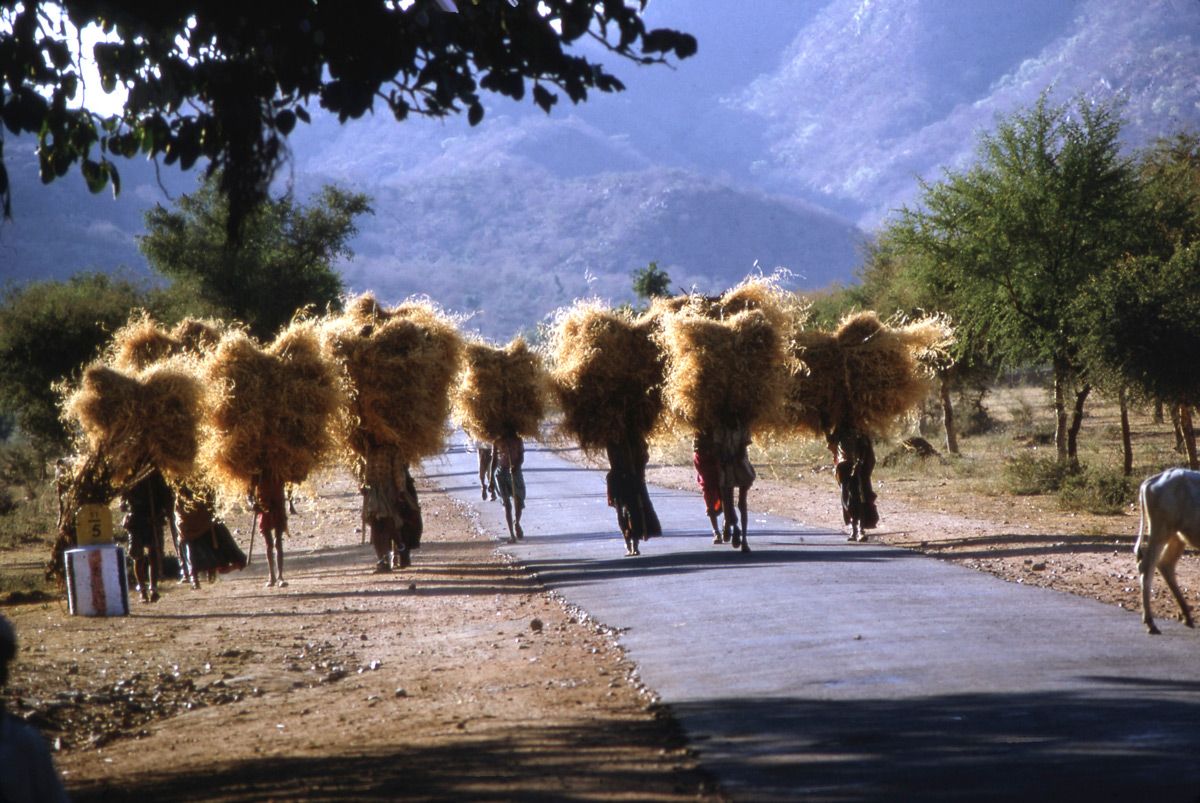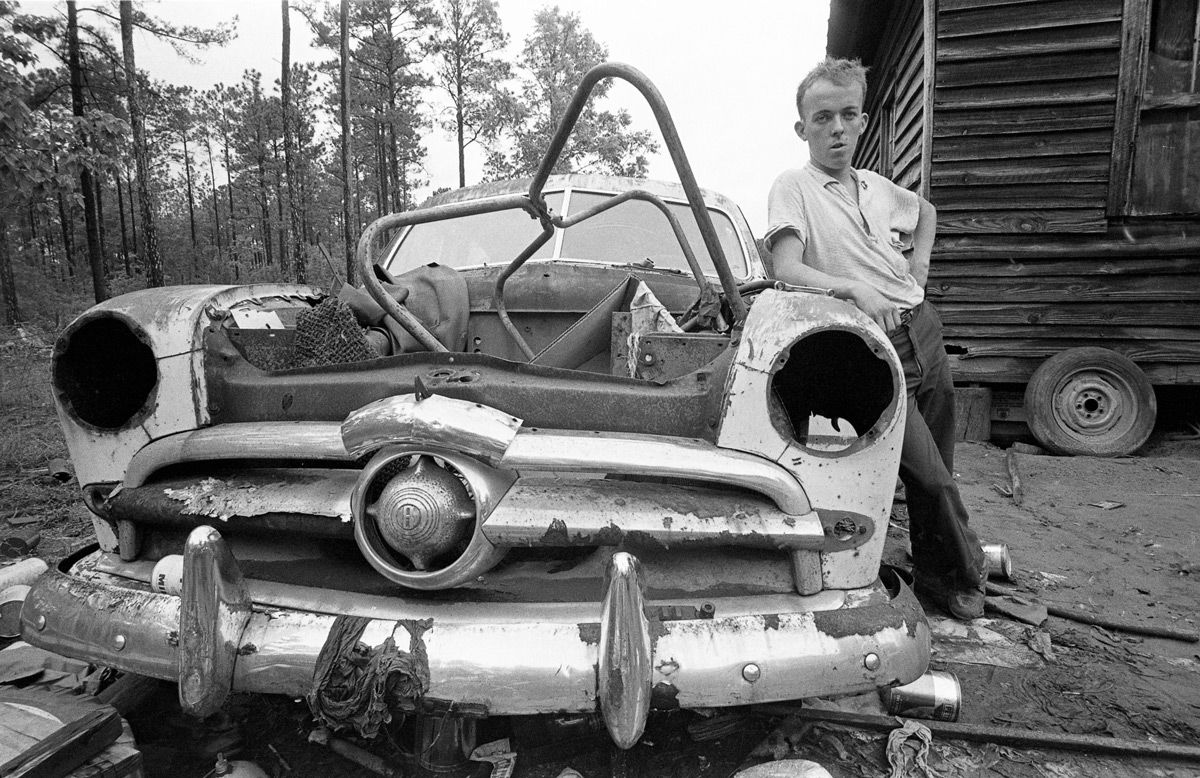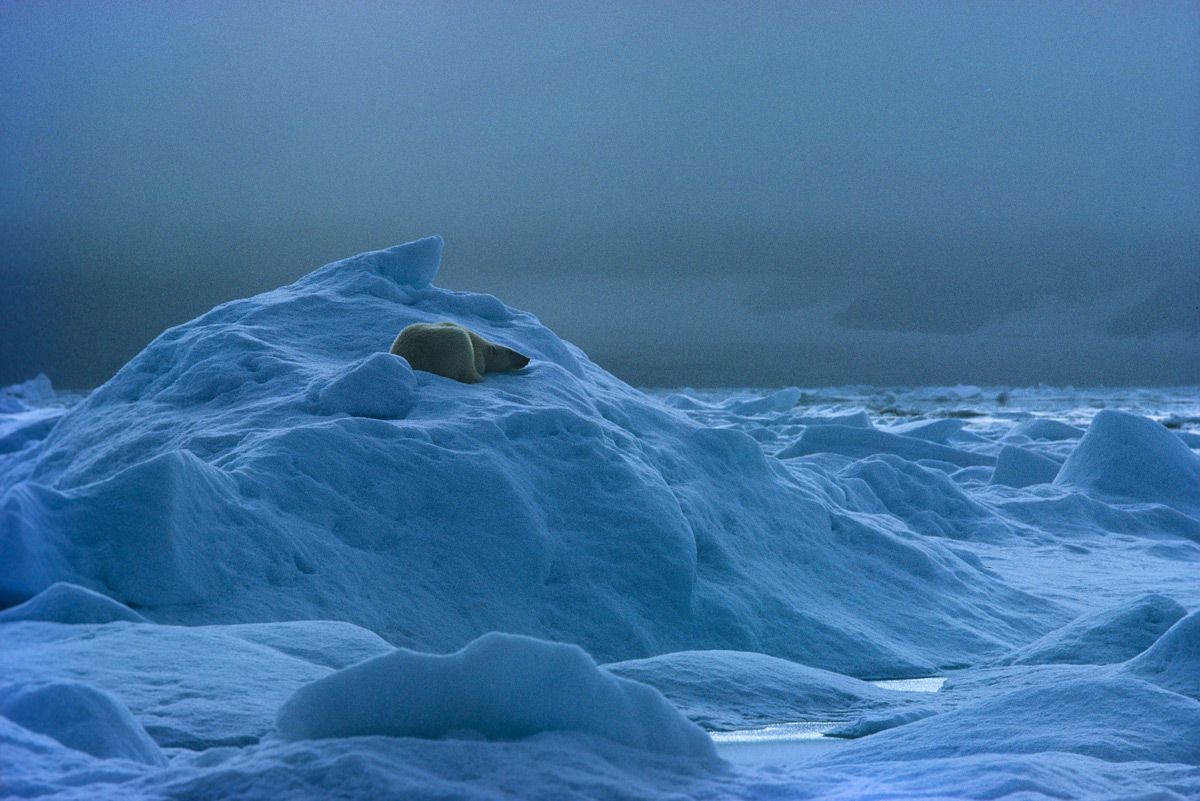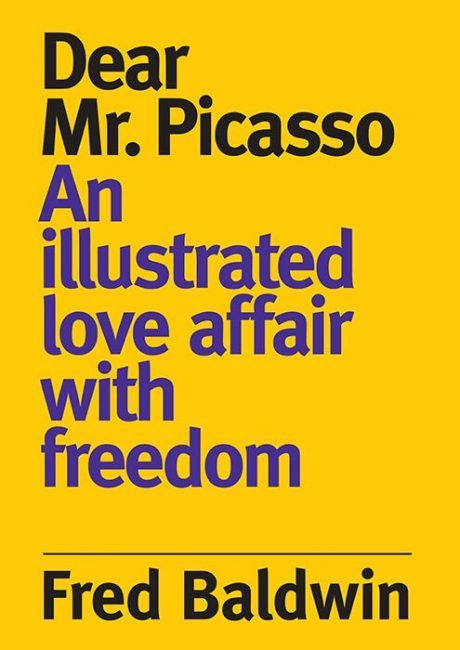blog
Book Review: Dear Mr. Picasso by Fred Baldwin

Peace Corps, India, 1966, Haystacks.
“My attempt to photograph the Peace Corps program in India was fraught with frustration as I found India a compression of opposites both hideous and beautiful. The twelve hundred volunteers working there in 1966 sought to make progress among half-a-billion people. They were needles in the haystack, so I decided to spend several months photographing the haystack instead of the needles.”
© Fred Baldwin/Schilt Publishing
Fred Baldwin, born in 1929 in Lausanne, Switzerland, a self-declared “academic disaster,” learned “that to pass through the portals of privilege it was necessary to walk a straight line, suffer every test without complaining, follow the program no questions asked, and recognize authority from the top down.” In other words: This very well-written tome introduces you to a world of privilege. But also, to an adventurous, highly reflective life. And, it is not least a profound confrontation with Mr. Baldwin himself. “In a war with myself, I had forced the enemy to retreat, captured most of my monsters and locked them up in my diary ….”
In the chapter entitled “Schools, Girls, and Ice,” he gives a colourful and detailed account of his early years and I cannot help but wonder how much he is able to recall (for I have only a very sketchy memory of my youth). After school he joined the Marine Corps, was sent to Asia where, in June 1950, North Korea had invaded South Korea. He was confronted with the Chinese and the cold. “There were twice as many casualties from frostbite at the Chosin Reservoir as there were battle-wounded.” He quotes from letters he wrote to his mother and uncle and sums up nicely what war is all about. On March 19th, 1951: “Dear Uncle Bob … my glorious military career has mostly consisted of climbing up and down many hills.”

Afghanistan, December 1966. Boy with Baskets “I was fascinated with Afghanistan. Its people and the land itself seemed to be created to endure the impossible. Every aspect of this land seemed to have been cut from something hard.”
© Fred Baldwin/Schilt Publishing
A “Change of Scenery” (so the title of another chapter) takes place when he goes to Paris after the war and learns that “the bright well-informed people such as George Plimpton” thought him “‘cute’ but woefully uneducated. I hadn’t read the articles and books or seen the shows, and the one thing I was well informed about – being a professional killer – was definitely off the high-brow list.”
His visit to Picasso in Southern France (in 1955, he was a student at Columbia University) he describes as “four days that changed my life.” I couldn’t understand why for nothing particularly exciting happened during his taking pictures but he was surely in awe of being in Picasso’s presence. One of the photos in the book (a good shot) shows him together with Picasso,
The fact that Fred Baldwin is well-connected allows him, among other things, to meet with Bernard Berenson, “the foremost authority on Renaissance art” – a somewhat absurd encounter for Baldwin knew close to nothing about Berenson but gives a pretty detailed account of his interview. Frankly he states: “As ridiculous as this interview was, Berenson had been right; I didn’t know anything – certainly not anything he cared about – and he had figured me out in thirty seconds.”

Southern Poverty, Savannah, Ga., 1967. A tiny, isolated, poor community located not far away from Savannah’s wealthiest parts. It was reported that families here
suffered from five generations of inbreeding. “Donald Gatch, a doctor friend, took me to a tiny isolated community that had suffered from what had been reported to be five generations of inbreeding. The inhabitants were reputed to be dangerous. I witnessed and photographed some of the worst and most desperate cases to support Dr. Gatch with testimony for Senator McGovern’s committee on malnutrition at the time. Half a million dollars was raised to build a clinic in South Carolina.”
© Fred Baldwin/Schilt
Photographic endeavours take him first to Scandinavia. His description of the Nobel Prize ceremony lets you peek into a fairytale world that felt to him like an exotic dream. From his trip to the arctic islands of the Lofoten, he writes to his mother: “It’s amazing to find out that I can operate with a chance of success in places where I can’t speak the language, have no connections, little money and am a total stranger. I have nothing but my brain and my cameras. I was afraid of getting stuck thousands of miles from home with no ticket back and no money to buy one. Fear dogged me. It’s wonderful to discover that you don’t need as much as you think …”
“Have a dream, use your imagination, overcome your fear, and then the real secret to the whole thing: You have to act,” Mr. Baldwin, 90, explained in The New York Times, and this captures pretty much his life. What motivated his early photography was to be able to tell stories at dinner and cocktail parties but then, back in the United States, in 1963, he accidentally came across a civil rights march and from then on photographed for a cause, before his life took “a completely different direction – this time a 180 degree course away from photography” …

Svalbard, Norway 1962. Polar bear on ice. “I returned to Svalbard in 1962 with three scientists and a fully manned ice breaking hunting ship. The conditions were opposite from my Svalbard 1960 Titanic experience in almost every way. Rather than finding hungry polar bears because of lack of ice and seals, we had the worst ice conditions in fifty years, a drunken captain and saw only five bears the entire summer. In spite of this I was able to make images that appeared in Life magazine.”
© Fred Baldwin/Schilt Publishing

Reindeer Migration Post Easter 1960, Kautekeino, Norway. “A dangerous three kilometer swim across Vargsund to the Island of Seiland required help from the Sami villagers who are fishermen.” © Fred Baldwin/Schilt Publishing
I do not intend to retell the story of this truly exceptional life but rest assured this highly readable tome, and the accompanying photographs (my favourites are the ones of the polar bears and from the South of Georgia and South Carolina), is surely worth your time.
PS: Fred Baldwin and Wendy Watriss photographed together rural central Texas and then started the now famous Houston FotoFest. The book ends when FotoFest began, in 1983.

Dear Mr. Picasso: An illustrated love affair with freedom
by Fred Baldwin
Schilt Publishing, Amsterdam 2019
https://www.schiltpublishing.com/shop/books/new-releases/dear-mr-picasso/
Location: Online Type: Book Review
Events by Location
Post Categories
Tags
- Abstract
- Alternative process
- Architecture
- Artist Talk
- artistic residency
- Biennial
- Black and White
- Book Fair
- Car culture
- Charity
- Childhood
- Children
- Cities
- Collaboration
- Community
- Cyanotype
- Documentary
- Environment
- Event
- Exhibition
- Faith
- Family
- Fashion
- Festival
- Film Review
- Food
- Friendship
- FStop20th
- Gender
- Gun Culture
- Habitat
- Hom
- home
- journal
- Landscapes
- Lecture
- Love
- Masculinity
- Mental Health
- Migration
- Museums
- Music
- Nature
- Night
- nuclear
- p
- photographic residency
- Photomontage
- Plants
- Podcast
- Portraits
- Prairies
- Religion
- River
- Still Life
- Street Photography
- Tourism
- UFO
- Water
- Zine

Leave a Reply